- Home
- Blog
- Conversion Rate Optimization
- What Is Lead Conversion? How to Turn Prospects into Buyers
What Is Lead Conversion? How to Turn Prospects into Buyers
-
 Published: Aug 23, 2023
Published: Aug 23, 2023
-
 12 min. read
12 min. read
-
 Sina Mchunu
Sina Mchunu Research & Tech Content Writer
Research & Tech Content Writer
- Sina is a marketing expert who specializes in SEO, AI, and digital marketing content. With over five years of experience, she’s written hundreds of pieces, spanning a variety of topics and industry niches. She loves combining her strong eye for detail and passion for storytelling in her work. You’ll find her fruit picking or horse riding at the local farm when she’s not writing.
What Is Lead Conversion?
Lead conversion is the process of turning prospects into paying clients. It entails nurturing and directing prospects along the sales funnel to get them to purchase.
Have you ever heard the saying, “You have to kiss a lot of frogs before you find your prince?” In lead conversion terms, it means that not every lead will result in a sale. You have to be patient and communicate effectively to convert leads into customers successfully.
So you’ve generated some leads — how do you convert them into paying clients?
This post will provide tips and tricks to turn leads into clients successfully. But let’s start with the basics:
- What is lead conversion?
- Why is lead conversion important?
- Best channels for converting leads
- How to build a lead conversion process
- 6 strategies for optimizing lead conversion
- How to calculate lead conversion
37% of marketers say that generating high-quality leads was one of their biggest challenges.
We want to decrease that percentage.
WebFX can help you generate high-quality leads with a customized marketing strategy.
Learn More About Lead Generation Services

What is lead conversion?
Lead conversion is the process of getting prospects to purchase your product or services. It employs robust marketing campaigns, excellent customer service, and persuasive sales approaches to push leads further down the funnel.
Why is lead conversion important?
Lead conversion directly influences your company’s performance and growth. Turning leads into customers creates revenue, contributes to developing a loyal client base, and raises brand recognition.
A high lead conversion rate also shows that your sales and marketing initiatives are successful, enabling you to concentrate on quality lead generation. Ultimately, this process is essential to a successful sales and marketing strategy as it promotes company expansion and profitability.
The best channels for converting leads
Lead conversion channels with a high level of engagement and individualized communication are the most effective. Here are five of the best channels for converting leads:
- Email marketing campaigns
- Personalized sales calls
- Social media platforms
- Customized landing pages on your website
- Search responsive ads
1. Email marketing campaigns
Lead nurturing via email marketing campaigns is effective in increasing sales. You can efficiently nurture prospects and advance them through the sales funnel by sending targeted and customized emails.
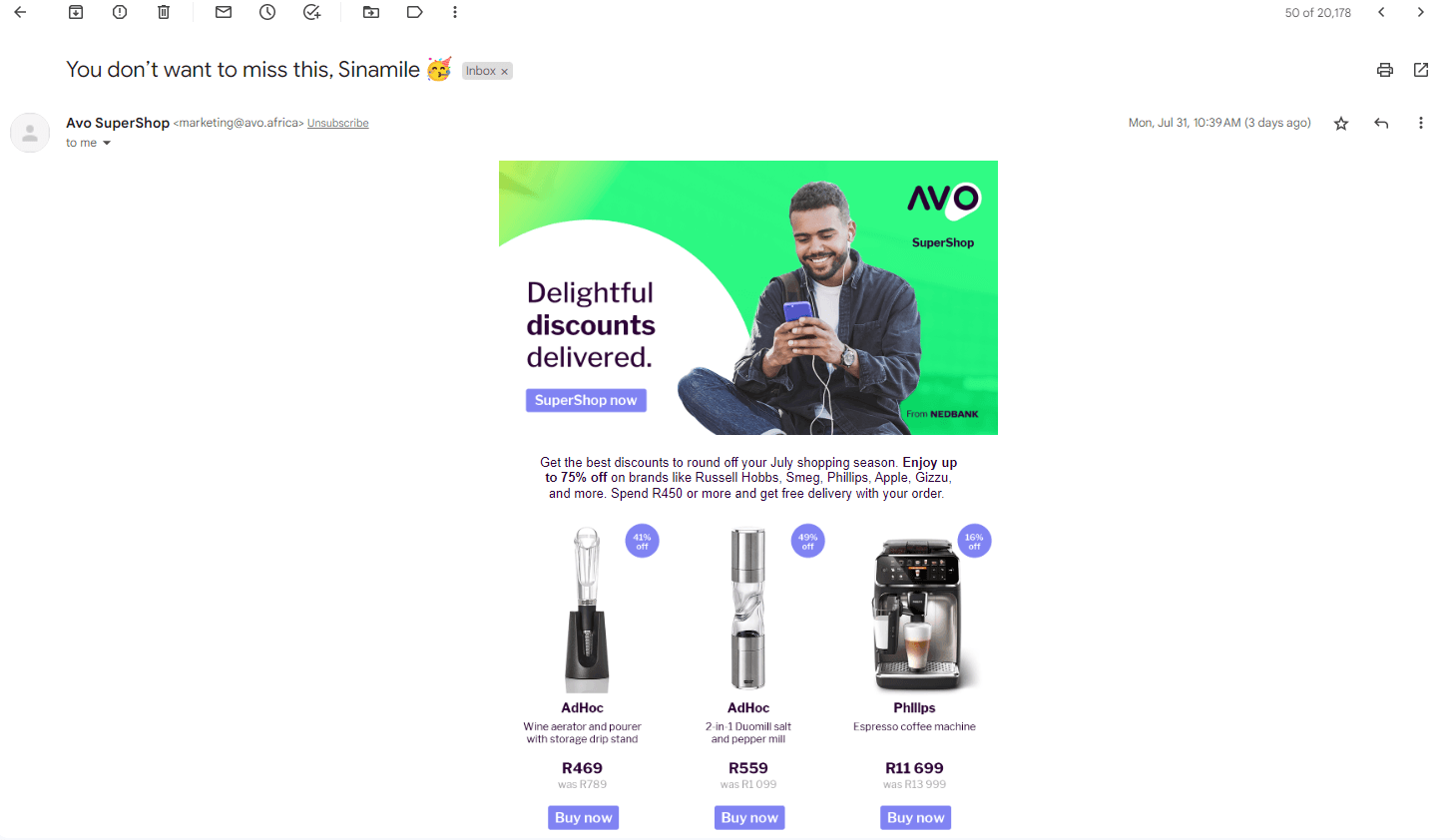
You can directly communicate with prospects and show the value of your goods or services while addressing their concerns through emails. Email marketing’s engagement analytics enable your business to modify campaigns for the highest conversion rates.
2. Personalized sales calls
Customized sales calls allow you to converse with prospects and tailor your pitch to address specific pain points or concerns. These calls let you establish rapport and a stronger connection with leads, boosting the possibility of them becoming paying clients.
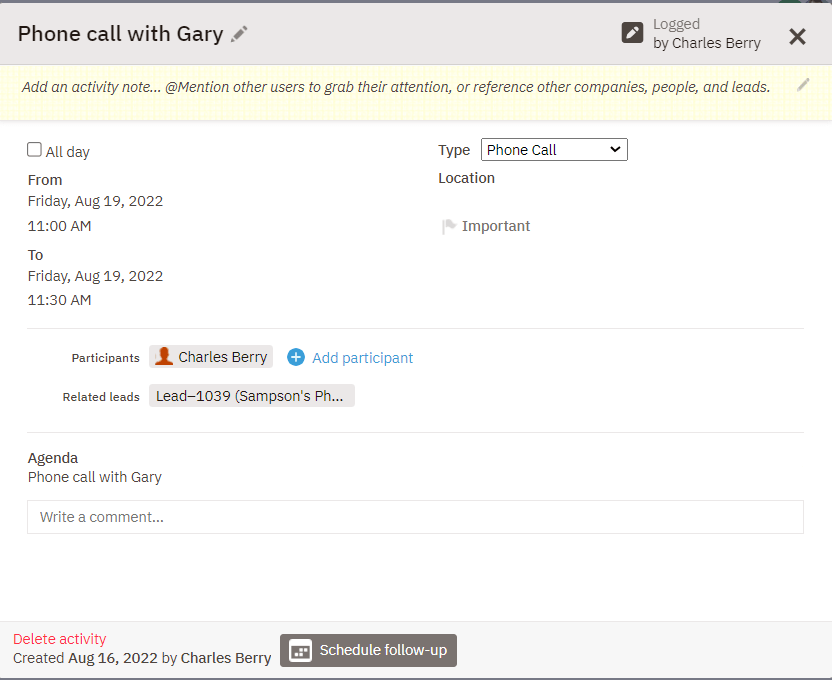
Personalized sales calls also allow your team to collect insightful feedback and information that they can utilize to improve their sales methods. You can learn more about prospects’ requirements and preferences by actively listening to them during sales calls.
3. Social media platforms
Social media platforms have become crucial for businesses to interact with their target market and increase brand recognition. With billions of users regularly interacting on sites — Facebook, Instagram, and Twitter — your company has the chance to connect with various prospects.
You can build a solid online presence and improve your chances of bringing in new clients by producing intriguing content and interacting with followers. Social media platforms also offer valuable data and insights that you can use to track the success of your marketing initiatives and adjust your social media approach.
4. Personalized landing pages on your website
Customized landing pages on your website are a powerful route for attracting and converting prospects. By designing landing pages for particular audience segments or targeting specific campaigns, you can provide a more personalized experience for visitors and enhance the possibility of them taking desired actions — making a purchase or filling out a form.
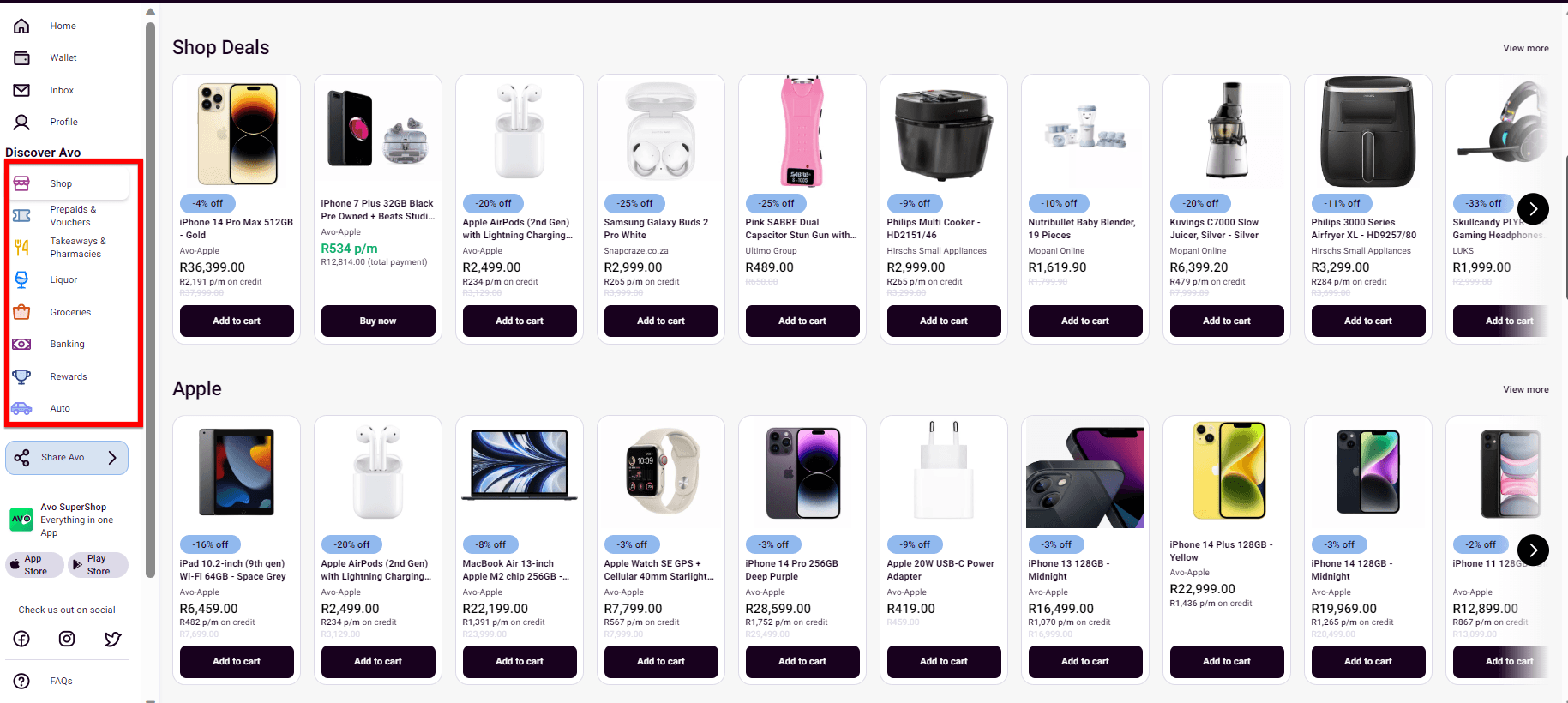
You can create personalized landing pages using a variety of tools and techniques — dynamic content, A/B testing, and user behavior monitoring — to guarantee that each visitor sees material that is relevant and appealing to them. Furthermore, by evaluating the data from these landing pages, you may acquire insights into the tastes and habits of your target audience, allowing you to enhance your marketing tactics further.
5. Responsive search ads
Responsive search advertising help enhance the user experience and increase conversions. These ads change their structure, style, and messaging according to the search term and user intent.

Personalizing the ad to what the visitor is searching for can boost the chances of grabbing their attention and encouraging them to take action.
You can further tailor the ad content and make it more pertinent to each user by utilizing keyword insertion, ad extensions, and ad customizers with search responsive advertisements. This degree of personalization increases click-through rates and improves the user experience overall by giving them more relevant and valuable information.
Questioning the quality of your SMB’s PPC performance?
Get your FREE PPC audit from WebFX today!

How to build a lead conversion process
Here’s how you can build a lead conversion process in five steps:
- Collect lead data
- Recognize the high-intent actions
- Implement lead scoring to prioritize leads
- Build the lead conversion path
- Use an SLA to align your sales and marketing teams
Let’s take a closer look at each step!
1. Collect lead data
Acquiring thorough lead information is essential to develop a lead conversion process. This data includes the prospect’s name, address, phone number, firmographics, and any other pertinent information that will assist you in understanding their requirements and preferences.
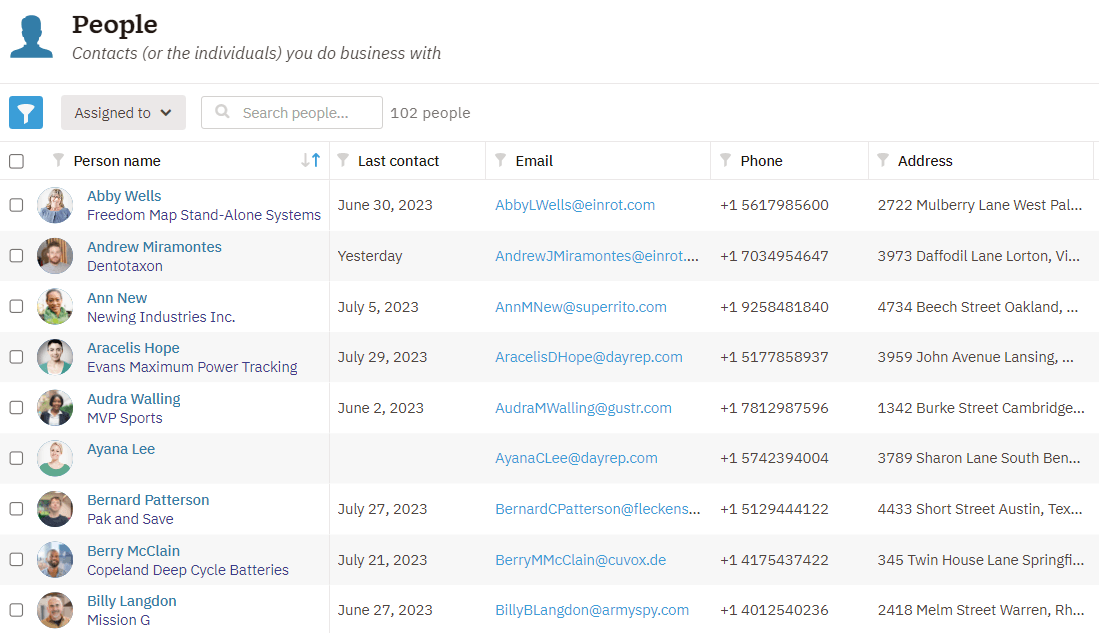
Having a thorough grasp of your leads can help you better focus your marketing and sales efforts to engage them and increase conversion rates. You can get this information through:
- Website forms
- Social media interactions
- Email subscriptions
- Customer surveys
Your ability to segment and target your leads for individualized interaction will improve as you collect more data. Also, by evaluating the gathered data, you can gain insights into patterns and trends to help you decide on future marketing initiatives.
2. Recognize the high-intent actions
Monitoring user activity on your website is one method for spotting high-intent behaviors. You can identify which leads are more interested in your goods or services by watching behaviors like frequent visits, numerous page views, and time spent on particular sites.
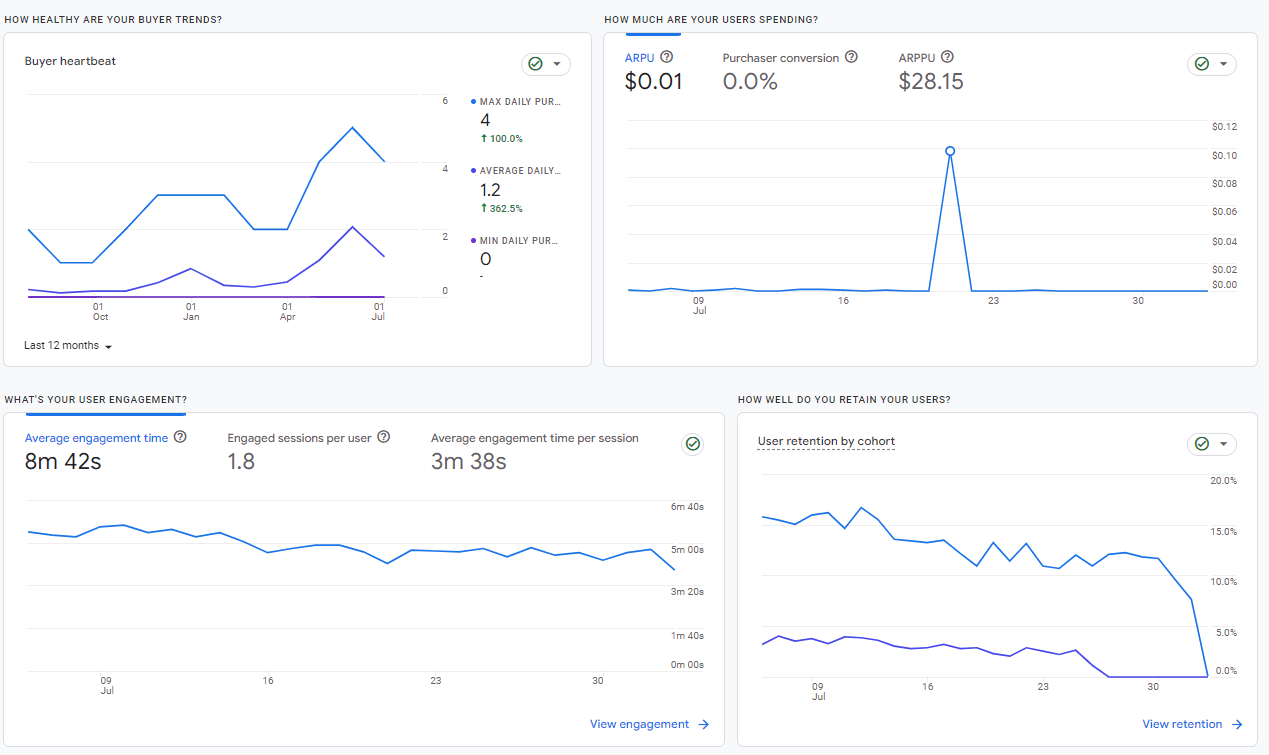
You can prioritize these leads for more focused marketing efforts because these high-intent actions suggest a better possibility of conversion. Furthermore, monitoring activity on social media sites may give you helpful information about your audience’s level of interest and intent.
You can find people actively involved with your company and are more likely to become consumers by looking at users who regularly like, comment on, or share your content.
3. Implement lead scoring to prioritize leads
Lead scoring involves rating each lead based on numerous factors, including behavior, engagement level, and demographics. This tactic enables you to recognize and rank the prospects with the most significant potential to convert into clients.
You can efficiently allocate your resources and target the leads with the highest scores for better conversions. This strategy guarantees that you are devoting your time and resources to prospects who are more likely to convert, optimizing your return on investment (ROI) and improving the effectiveness of your sales process.
4. Set up the lead conversion pathway
The next step is building a lead conversion route after identifying and prioritizing your leads. From the first point of contact until the final conversion, you must design a simple and smooth path for your prospects.

A well-designed lead conversion path will take your leads through the sales pipeline, giving them the information and tools they need to make a purchase choice. This approach might include:
- Creating landing pages
- Developing targeted email campaigns
- Providing valuable content that addresses their specific needs and pain points
You can enhance the possibility that leads will turn into customers along this path, thus increasing your sales income. A well-designed lead conversion route may also assist you in finding any possible stumbling blocks or places where you can improve your sales process.
5. Use a service level agreement (SLA) to align your sales and marketing teams
Use an SLA between your sales and marketing departments to guarantee a simple lead conversion process. An SLA outlines specific duties and obligations for both teams, ensuring they work toward the same objectives.
A more simplified and effective lead conversion process can result from this alignment, which increases communication and teamwork. An SLA can also assist in locating any possible holes or opportunities for improvement in the handoff between marketing and sales, enabling prompt modifications and optimizations.
We foster and form long-term partnerships so that your business has long-term results.
Over 90%
6 strategies for optimizing lead conversion
Let’s explore the following lead conversion optimization strategies:
- Implement an effective lead generation and qualification plan
- Develop personalized and targeted lead nurturing campaigns
- Utilize marketing automation tools
- Improve the handoff process between marketing and sales
- Regularly review and update buyer personas
- Continuously track, measure, and analyze key metrics
1. Implement an effective lead generation and qualification plan
Establish an effective lead generation and qualifying process to ensure you bring in high-quality leads with higher conversion rates.
This strategy should include inbound and outbound marketing techniques to generate high-quality leads, and it should also contain a stringent qualifying procedure to guarantee that only the most promising prospects pass on to the sales team.
You can dramatically raise the odds of conversion by selecting the appropriate audience to target and carefully evaluating leads.
2. Develop personalized and targeted lead nurturing campaigns
Engaging and nurturing high-quality leads with customized and targeted advertising is crucial.
You can develop a better relationship with each prospect and improve the chances of conversion by customizing your messages and content to meet their unique needs and interests through:
- Email marketing
- Social media
- Content marketing
You can develop more pertinent and persuasive ads that appeal to every individual if you segment your prospects based on their demographics, actions, and preferences.
3. Utilize marketing automation tools
To ensure prompt and reliable outreach, use marketing automation solutions to automate and streamline time-consuming operations, such as lead follow-up and communication.
These tools can also assist you in tracking and evaluating the success of your efforts, giving you essential information about which tactics are beneficial and which may require modification.
Moreover, you can customize your communications and segment your leads with marketing automation technology, allowing you to create messages tailored to each person’s unique requirements and interests. These technologies will enable you to execute focused and effective marketing campaigns while saving time and costs.
4. Improve the handoff process between marketing and sales
Enhance the handoff between marketing and sales by defining precise standards for when a lead is eligible to be handed over, ensuring a smooth transfer, and preventing misunderstandings or missed opportunities.
A lead scoring system can help you do this since leads will receive scores depending on how engaged, interested, and compatible they are with your target market.
You can ensure that the sales team receives only the most qualified and prepared-to-buy leads by establishing precise criteria for when a prospect achieves a particular score.
Maintaining a seamless handoff process and efficiently converting leads into customers depend on continuous communication and coordination between the marketing and sales teams.
5. Regularly review and update buyer personas
Review and update buyer personas often to ensure marketing campaigns are directed at the appropriate audience, improving the likelihood of obtaining quality leads. Improving and updating the buyer personas entails routinely gathering and evaluating data on consumer demographics, interests, and activities.
Marketing can create messages and content that resonates with potential leads and increases the chance of conversion by knowing the changing requirements and interests of the target audience.
Moreover, by keeping buyer personas current, the marketing team can stay ahead of any market shifts or changes in consumer behavior, allowing them to modify their strategy and maintain generating high-quality leads.
6. Continuously track, measure, and analyze key metrics
Track, evaluate, and analyze essential data and key performance indicators (KPIs) connected to lead conversions over time — ROI, sales velocity, and conversion rates — to spot opportunities for improvement and enhance the lead generation procedure.
By monitoring and measuring these KPIs, your marketing team can learn crucial information about which approaches and channels work best at generating conversions.
To maximize the effectiveness of their lead generation activities, they can spot any performance gaps or bottlenecks and make data-driven choices. In addition, assessing the ROI of various marketing strategies can assist in resource allocation and guarantee that the team receives the most possible returns.
How to calculate lead conversion
There are numerous methods for calculating lead conversion based on the unique goals and KPIs of the firm. One typical way is to divide the number of leads converted into customers by the total number of generated leads. This method yields a conversion rate percentage.
Formula: Lead conversion = Total converted leads/Total generated leads * 100
Another method is dividing the cost of lead generating activities by the number of converted leads to get the cost per lead conversion. This approach aids in determining the success and cost-effectiveness of your initiatives.
Formula: Cost per lead conversion = Total cost of lead generation activities/Total converted leads * 100
Additionally, monitoring the time it takes for a lead to convert can offer information about how well the lead generation process works.
Meet WebFX:
Your world-class, tech-enabled marketing agency with over 1.6 million hours of combined expertise.

Increase your lead conversion rate with lead management services
WebFX offers lead management services to improve your company’s lead conversion rates. With our lead creation and nurturing expertise, we can optimize your lead generation operations to maximize conversions.
We can speed up your lead management process and help you get a better ROI by implementing efficient techniques and leveraging cutting-edge solutions. Our team is ready to assist you in accomplishing your objectives, whether you need support with lead scoring, lead nurturing, or lead tracking.
Contact us online or call 888-601-5359 to learn more about how our services can benefit your business.
-
 Sina is a marketing expert who specializes in SEO, AI, and digital marketing content. With over five years of experience, she’s written hundreds of pieces, spanning a variety of topics and industry niches. She loves combining her strong eye for detail and passion for storytelling in her work. You’ll find her fruit picking or horse riding at the local farm when she’s not writing.
Sina is a marketing expert who specializes in SEO, AI, and digital marketing content. With over five years of experience, she’s written hundreds of pieces, spanning a variety of topics and industry niches. She loves combining her strong eye for detail and passion for storytelling in her work. You’ll find her fruit picking or horse riding at the local farm when she’s not writing. -

WebFX is a full-service marketing agency with 1,100+ client reviews and a 4.9-star rating on Clutch! Find out how our expert team and revenue-accelerating tech can drive results for you! Learn more
Try our free Marketing Calculator
Craft a tailored online marketing strategy! Utilize our free Internet marketing calculator for a custom plan based on your location, reach, timeframe, and budget.
Plan Your Marketing Budget

Looking for More?
Get expert ideas, industry updates, case studies, and more straight to your inbox to help you level up and get ahead.
"*" indicates required fields

Proven Marketing Strategies
Try our free Marketing Calculator
Craft a tailored online marketing strategy! Utilize our free Internet marketing calculator for a custom plan based on your location, reach, timeframe, and budget.
Plan Your Marketing Budget
What to read next





